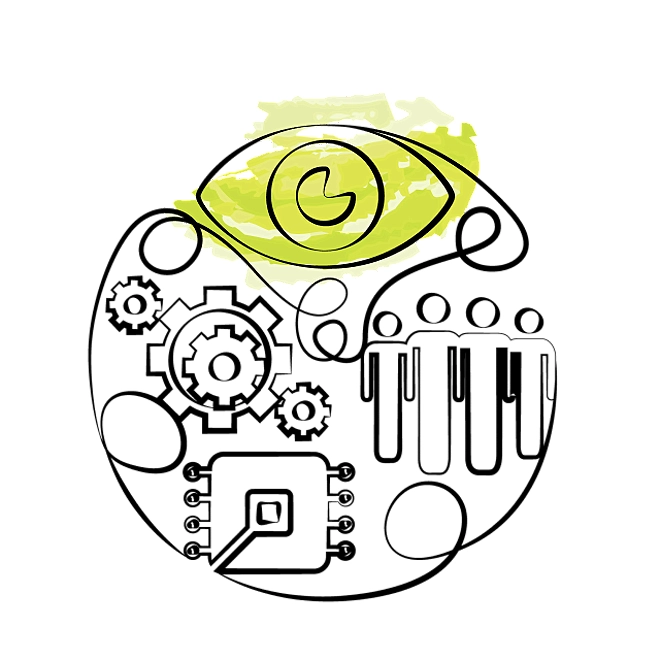Technology will truly start supporting supply chain planners
The future of planning | Part II
In 10 years’ time, planning will be a whole different ballgame. Now is the time to start preparing – in terms of technology, talent, and organization. In a series of 4 articles, we will share our views on the future of planning. In the current article we will discuss how technology is taking over the majority of planning activities, leaving room for planners to focus on the exceptions.
Examples of automated planning algorithms
There is a growing number of integrated and aligned rule-based planning algorithms across the entire planning cycle to take over the main activities and offer insights to support faster decision making:
1. Time series analysis and pattern recognition: machine learning data analysis and insights to improve forecast models.
2. Statistical forecasting and demand sensing: providing initial forecast/expectations on a monthly, weekly and even daily basis, reducing manual planning efforts.
3. ABC-XYZ segmentation for products/customer combinations: determining for which segments decisions can be made automatically and in an automated way.
4. Multi-echelon (Safety) stock determination / optimization and placement based on supply chain variances (reducing human input in determining stock levels).
5. Supply optimization for profit- or cost-driven decision making (including indirect costs for e.g. environmental impact and sustainability).
The future of planning
Now is the time to start preparing for the future of planning – in terms of technology, talent, and organization. The COVID-19 pandemic could in fact be the turning point, if you want your company to respond, recover and thrive in the post-crisis era. In this series of online articles, we will share our in-depth views on these topics.
Article 1: How 5 megatrends will disrupt your supply chain planning.
#1 An increasingly dynamic world. How to speed up decision-making and shape “the new normal”.
#2 Changes in consumer behaviour. The world is individualizing. This trend started in consumer business but is now dripping into other industries as well.
#3 Exponential growth in digital capabilities. The age of exception management and near real-time scenarios has started.
#4 The war on talent. How to attract and retain the future “gems” in supply chain planning?
#5 Purpose-led companies. The focus of companies and employees is shifting towards topics like sustainability. This too, has a huge impact on decision-making, e.g. where to source.
Coming up in the next weeks: Article 3: A planner’s job in 2030 will be nothing like today. In reality, today’s and Article 4: Technology will enable more centralized and virtual planning.
Contact
For more information about the Future of Planning series or Supply Chain Planning, please do not hesitate to contact Synchronized Planning Directors Philippe Rottiers or Peter De Labey.



